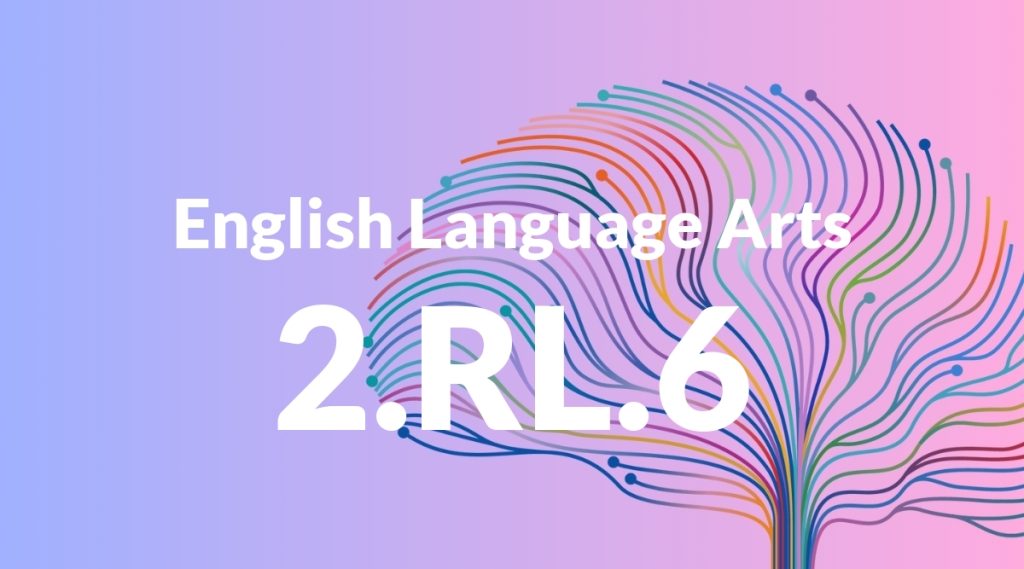Standard: 2.RL.6 – Acknowledge differences in the points of view of characters, including by speaking in a different voice for each character when reading dialogue aloud.
Grade level: Grade 2
Subject: English Language Arts
Domain: Reading: Literature
Teacher Overview
This standard focuses on helping students recognize and appreciate the different points of view of characters in literature. It is important because it enhances comprehension and empathy by encouraging students to see the world through various perspectives. Students should understand basic story elements, such as characters, setting, and plot. They should also be familiar with the concept of dialogue and have some experience with expressive reading.
Students will develop deeper comprehension skills, including the ability to analyze and compare different characters’ perspectives. They will also enhance their expressive reading and public speaking abilities.
Common Misconception 1
Students may think all characters in a story share the same point of view, which is incorrect because each character has unique experiences and perspectives that influence their thoughts and actions.
Intervention 1
Use guided reading sessions to highlight and discuss different characters’ perspectives, emphasizing their unique thoughts and feelings. Encourage students to express how each character might feel in different situations.
Common Misconception 2
Students might believe that changing their voice for characters is unnecessary, which is incorrect because using different voices helps distinguish characters and enhances understanding and engagement.
Intervention 2
Demonstrate how using different voices can make the story more engaging and help understand each character better. Practice with fun and familiar stories, encouraging students to experiment with their voices.
Prerequisite Knowledge
Students should understand basic story elements, such as characters, setting, and plot. They should also be familiar with the concept of dialogue and have some experience with expressive reading.
Subsequent Knowledge
Students will develop deeper comprehension skills, including the ability to analyze and compare different characters’ perspectives. They will also enhance their expressive reading and public speaking abilities.
Instructional Activities
- Read a story aloud, assigning different voices to each character.
- Have students perform a short play or skit, focusing on using different voices for each character.
- Conduct a class discussion about how different characters might feel in various parts of a story.
- Create character masks or puppets and use them in a puppet show to practice different voices.
- Have students write a short dialogue between two characters and practice reading it aloud with different voices.




